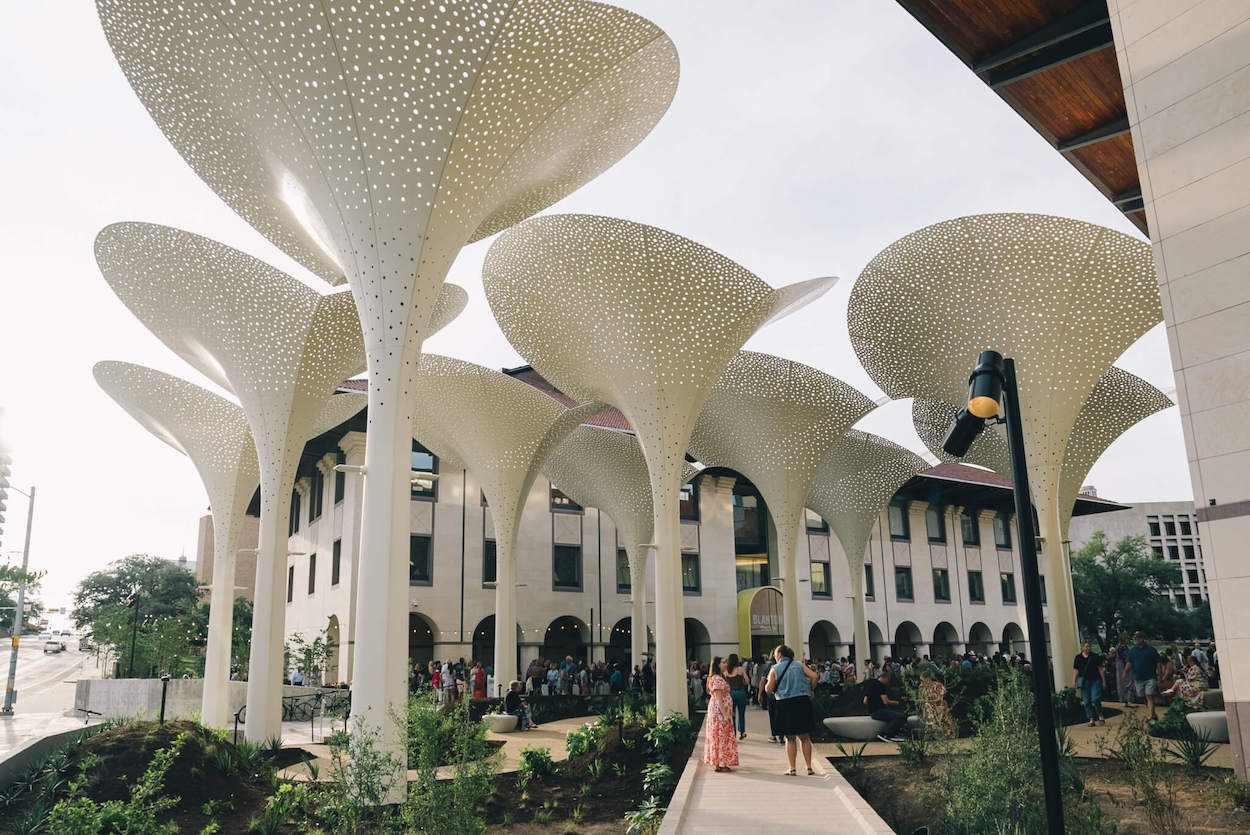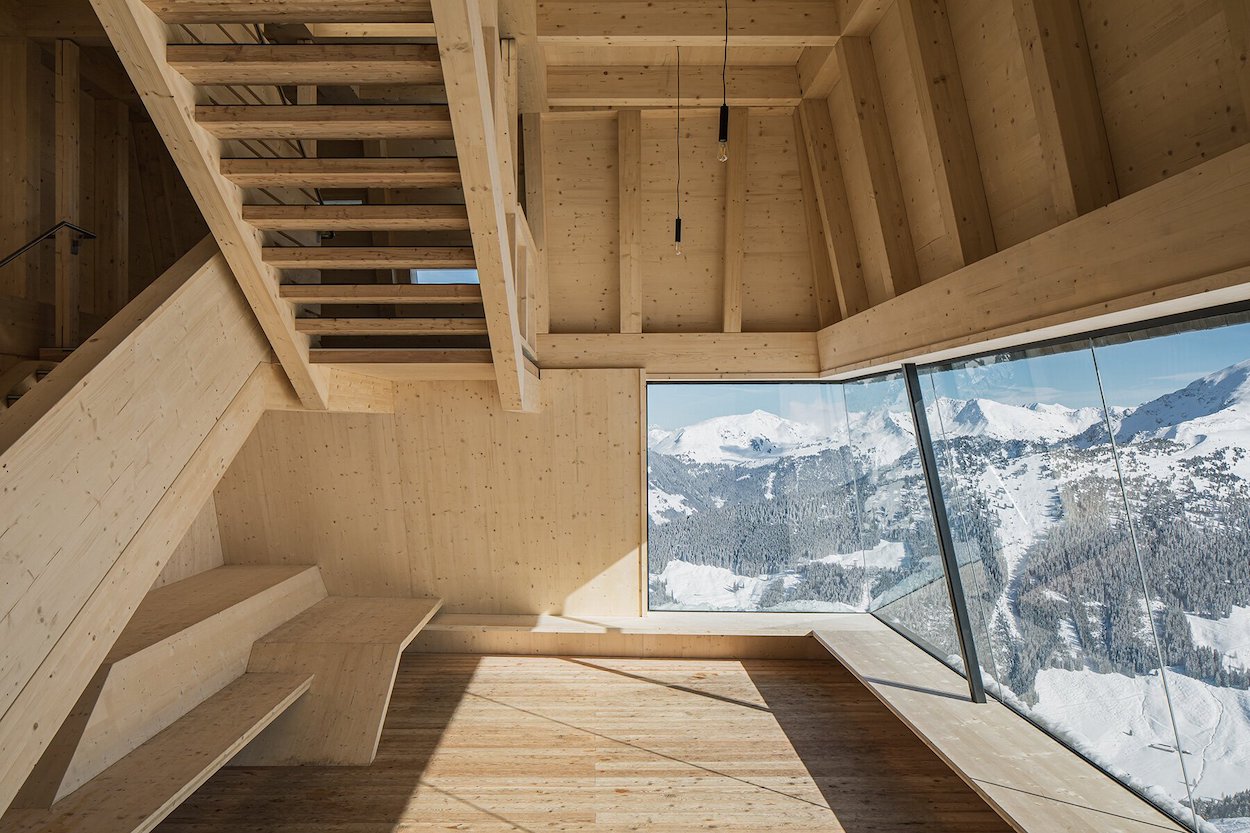For aspiring architects, entering the field and securing stable employment can be a no-frills proposition. Entry-level jobs usually require burning the midnight oil for a meager salary, often to carry out tedious executive decisions from managers who view junior staff as disposable (and often don’t hesitate to conduct layoffs when projects wrap up). Then there’s the lack of diversity and imperious bosses who might put in a negative word for whistleblowers. It can be treacherous for those not well-versed in its inner workings—circumstances that make a decent case for unionizing.
That’s the path Snøhetta’s stateside workers sought in May, when they filed with the National Labor Relations Board to form a union and join the International Association of Machinists and Aerospace Workers. Known for its visionary architecture and landscape design in far-flung locales, the Norwegian firm was set to become the first private-sector architecture practice to get a union vote in more than 50 years. Despite this, the firm opted against recognizing the union and hired a union-busting law firm. That perhaps led to the unionization efforts ultimately falling short—workers across the firm’s two offices in New York and San Francisco recently voted against unionizing, 35-29.


